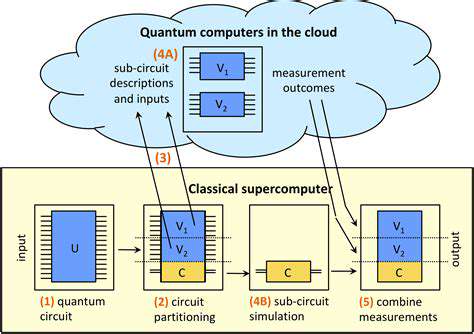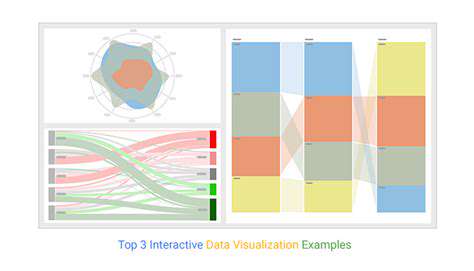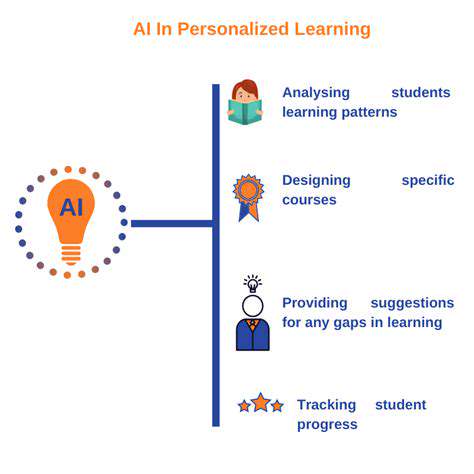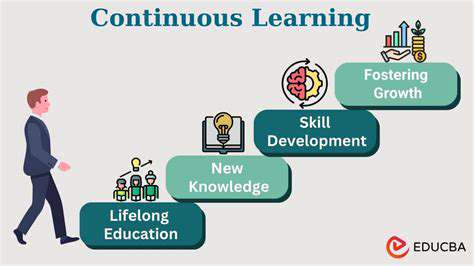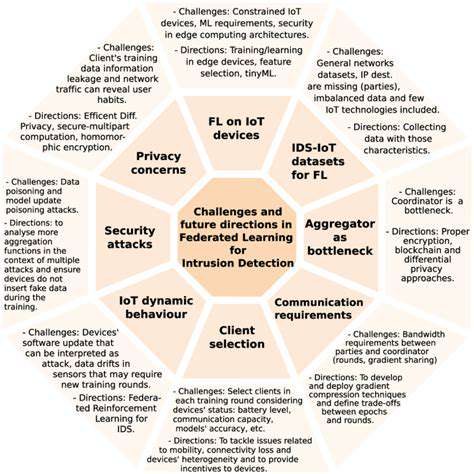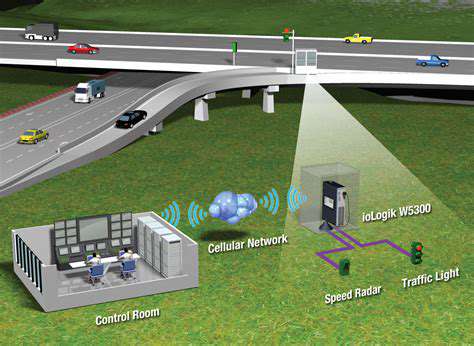Introduction to Smart Grids and the Need for Edge Computing
Understanding Smart Grids
Modern power distribution has evolved significantly with the advent of smart grids, which represent a departure from traditional one-way electricity flow. These advanced networks harness digital technologies to monitor, manage, and optimize every aspect of energy generation, transmission, and consumption. The ability to make real-time adjustments based on fluctuating demand and renewable energy availability makes smart grids fundamentally different from their predecessors. Their primary objectives include better integration of renewable sources, reduction of energy waste, and improvement of overall grid stability. At the heart of this system lies the continuous exchange of data, which forms the backbone of modern power distribution.
What truly sets smart grids apart is their dynamic responsiveness to changes in energy supply and demand. This capability stems from an extensive network of sensors, meters, and communication infrastructure that constantly monitors grid performance. The collected data undergoes processing and analysis to inform critical decisions about energy distribution, creating a more adaptive and efficient system.
The Role of Data in Smart Grids
Data serves as the central nervous system of any smart grid implementation. A constant stream of information flows from numerous sources including smart meters, environmental sensors, and renewable energy installations. This data provides insights into consumption patterns, grid performance metrics, and environmental factors that affect energy production. Proper analysis of this information enables predictive maintenance, enhances energy efficiency, and facilitates smoother incorporation of renewable sources into the energy mix.
The massive volume of data generated by modern grid infrastructure requires sophisticated processing capabilities. Traditional centralized approaches often struggle with this challenge, creating a perfect opportunity for edge computing solutions to demonstrate their value.
The Challenges of Traditional Grid Management
Conventional power grids frequently encounter difficulties when dealing with variable energy demands and integrating renewable sources. Centralized control mechanisms often react too slowly to disturbances, potentially leading to service interruptions. Additionally, the absence of real-time analytics hampers optimal energy distribution and resource management. These limitations underscore the necessity for more agile and responsive grid management solutions, which smart grid technologies combined with edge computing can provide.
The Necessity of Edge Computing for Smart Grids
Edge computing has become an indispensable element of contemporary smart grid architecture. By processing data near its source, this approach minimizes latency and enhances system responsiveness. The distributed nature of edge computing enables faster decision-making and quicker reaction to grid events, significantly reducing outage risks and improving overall stability. Local processing units can analyze data instantly, allowing for immediate adjustments to energy distribution based on current conditions.
This localized data processing alleviates pressure on centralized data centers while improving grid efficiency. The decentralized model also boosts resilience by enabling localized control mechanisms that can function independently if central communication networks experience disruptions.
Benefits of Edge Computing in Smart Grid Applications
The implementation of edge computing in smart grids delivers numerous advantages, most notably improved reliability and stability. Local data processing facilitates rapid response to grid events, reducing outage risks and enhancing overall system safety. Real-time analytics support predictive maintenance, helping to prevent equipment failures before they occur. Perhaps most significantly, edge computing plays a crucial role in seamlessly incorporating renewable energy sources, optimizing distribution networks, and maximizing the use of sustainable power generation.
Additional benefits include reduced latency and enhanced data security. Local processing helps protect sensitive information while enabling faster responses to emerging issues, contributing substantially to the grid's overall efficiency and dependability.
Decentralized Control for Enhanced Grid Resilience
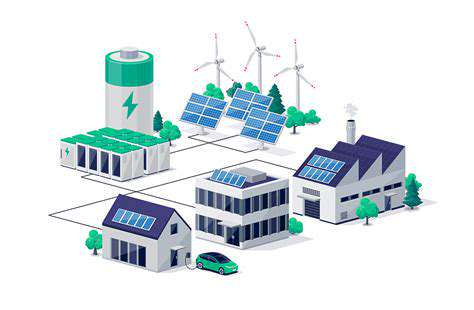
Decentralization's Core Principles
Decentralized control systems operate on the fundamental concept of distributing authority and decision-making across multiple points rather than concentrating it in a single location. This structure promotes resilience and adaptability, as the failure of one component doesn't necessarily compromise the entire system. This distributed architecture proves particularly valuable in environments susceptible to disruptions or security threats.
Consensus mechanisms form a critical component of decentralization, ensuring all participants validate data and transactions. While this validation process can be complex, it's essential for maintaining system integrity and preventing manipulation.
Improved Resilience and Fault Tolerance
Distributed control inherently creates more resilient systems capable of withstanding component failures without major service interruptions. This characteristic proves vital for critical infrastructure and financial systems where continuous operation is mandatory. The built-in redundancy of decentralized systems enables them to survive various failure scenarios while maintaining operational continuity.
This redundancy, combined with the distributed architecture, significantly improves fault tolerance, ensuring the system continues functioning even when parts of the network experience problems.
Enhanced Security and Privacy
Decentralized systems typically incorporate advanced cryptographic techniques to protect data and transactions from unauthorized access. The distributed nature of these systems presents a formidable challenge to potential attackers, who would need to compromise multiple points simultaneously to disrupt operations. The security advantages derive directly from the distribution of data and control across numerous nodes.
This diffusion of sensitive information makes it substantially more difficult for malicious actors to gain complete system control or compromise data integrity.
Scalability and Efficiency
Decentralized architectures often demonstrate superior scalability compared to centralized alternatives. The distributed model allows for seamless addition of new nodes and resources without degrading existing system performance. This scalability proves essential for accommodating growing data volumes and increasing user demands.
The distributed nature also enhances efficiency by enabling parallel processing across multiple nodes. This capability results in faster response times and quicker transaction processing, particularly important for applications requiring rapid data handling.
Reduced Dependency and Increased Autonomy
By distributing control, decentralized systems minimize reliance on any single entity or potential failure point. This reduced dependence fosters greater autonomy for system participants, which helps build trust and encourages broader adoption. The absence of a central authority also increases system flexibility and adaptability.
Modifications and updates can be implemented more rapidly in decentralized environments, as they don't require approval from a single, potentially slow-moving central entity.
Cost-Effectiveness and Transparency
Operational costs in decentralized systems often prove lower than their centralized counterparts, as they eliminate the need for extensive infrastructure to support a central authority. These savings can translate into significant benefits for system users and participants. The transparency inherent in many decentralized systems, particularly those utilizing blockchain technology, promotes trust and accountability.
This transparency, combined with the immutability of certain records, allows participants to independently verify transaction authenticity and data integrity.
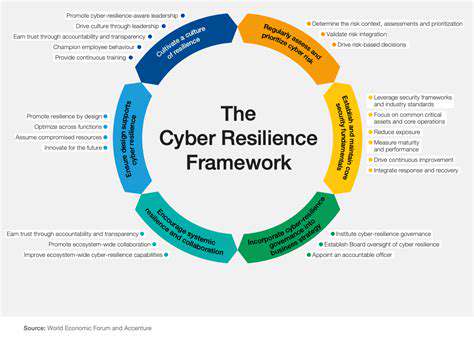
Scalability and Cost-Effectiveness of Edge Computing in Smart Grids
Improving Grid Reliability
Edge computing's distributed architecture significantly strengthens smart grid resilience. By processing data near its source, edge devices can rapidly respond to anomalies and disturbances. This localized processing minimizes the impact of network failures, ensuring more consistent power delivery. Perhaps more importantly, it reduces the risk of cascading failures - a major concern in large power networks.
Real-time analysis at the edge enables faster fault detection and isolation, leading to quicker power restoration. This capability translates to minimized downtime for end-users, reducing both financial losses and societal disruption.
Reducing Latency and Improving Response Times
Traditional centralized data processing in power grids often suffers from noticeable delays, affecting how quickly operators can respond to changing conditions. Edge computing dramatically reduces these delays by processing information closer to where it's generated. This reduction in latency enables near-instantaneous responses to demand fluctuations and grid disturbances.
The improved responsiveness facilitated by edge computing proves essential for maintaining grid stability and preventing outages, ultimately resulting in a more reliable power delivery system.
Optimizing Resource Allocation and Energy Efficiency
Edge computing's real-time processing capabilities enable more precise and dynamic resource distribution within smart grids. This optimized allocation leads to more efficient energy use, reducing waste and lowering operational costs. For instance, edge-enabled smart meters can provide immediate consumption feedback, allowing utilities to adjust distribution patterns proactively.
Lowering Communication Costs and Infrastructure Requirements
Implementing edge computing in smart grids substantially reduces communication costs associated with transmitting massive data volumes to centralized facilities. This reduction occurs because local processing minimizes the amount of data needing long-distance transmission. It also decreases reliance on high-bandwidth communication channels, resulting in lower overall infrastructure expenses.
By handling data at the edge, the need for large, expensive central processing facilities diminishes, creating more economical solutions. This advantage proves particularly valuable for geographically dispersed grid networks.
Enhancing Security and Privacy in Smart Grids
Edge computing's distributed nature improves smart grid security by reducing potential attack surfaces. Processing data locally decreases risks to central control systems while providing better privacy controls for sensitive information. The decentralized architecture makes it considerably more difficult for attackers to compromise the entire system.
This approach to localized processing and data storage significantly enhances overall security and privacy protections for grid operators and consumers alike.
